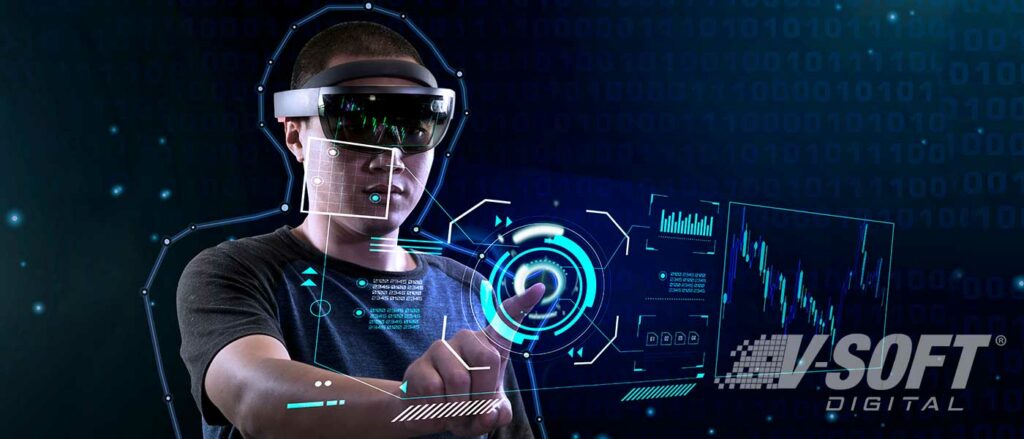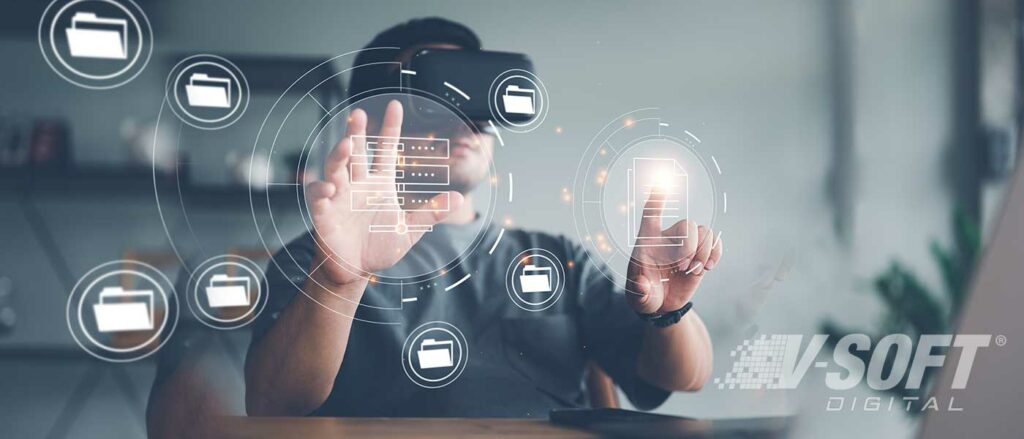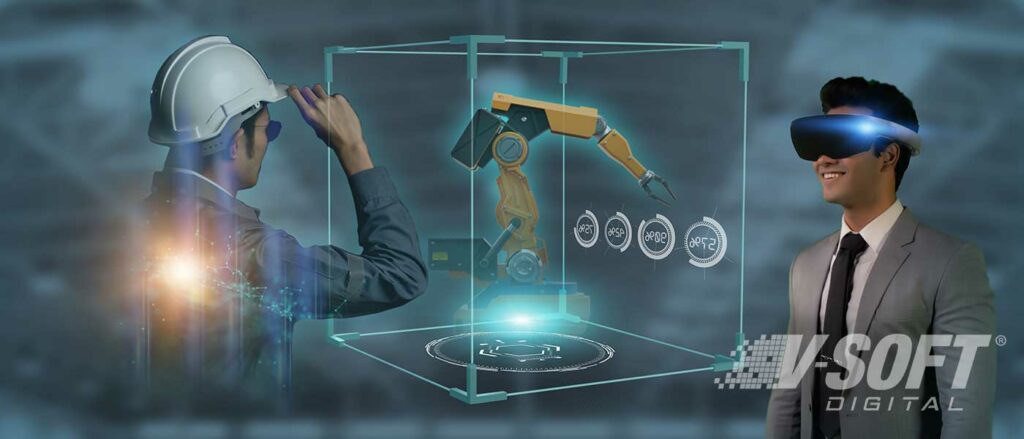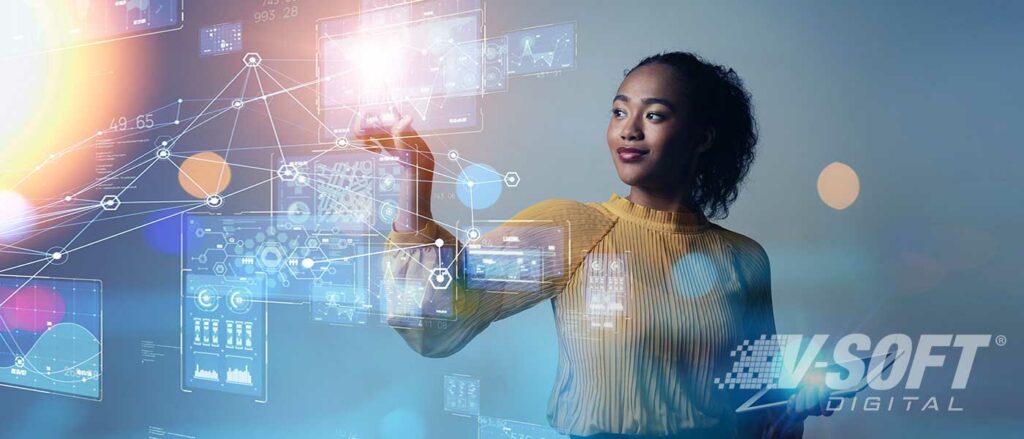How Microsoft HoloLens Brings Mixed Reality Technology to Industries
Augmented Reality (AR) and Virtual Reality (VR) technologies were once only considered technologies for the gaming industry, military, space industries are now ubiquitous, and their applications can be found across industrial sectors. AR/VR technologies are being leveraged in varied industries such as manufacturing, e-commerce and retail, oil and gas industry, healthcare and more. AR/VR are no longer about fun (games and infotainment) or training simulations (military and space exploration) but also about providing safety to workers, training and upskilling employees in realistically simulated environments, and equipping employees with real-time information at their fingertips, increasing productivity, efficiency, and innovation.
With the advent of the metaverse, the popularity and adoption of AR/VR technologies is set to increase substantially. Afterall, the metaverse is all about AR, VR and Mixed Reality. Companies, regardless of size are already leveraging these technologies or exploring possibilities of adopting it. For successful implementation of AR/VR technologies in an industrial setting, it is important to ensure that the company possesses some domain experience and expertise, has deployed AR/VR software and hardware that meets their exact needs.
AR/VR Hardware
When it comes to hardware, companies need to weigh several options before choosing devices for their workers.
Key Hardware Considerations
- Effectiveness
- Safety
- Ability to keep up with future developments
- Budget
It is interesting to note that smart phones and tablets are equipped to work seamlessly with many consumer-oriented AR apps. Future developments in the field are likely to keep this in mind as they research, innovate, and develop new features and products. These hand-held devices are multi-purpose and ubiquitous which means there is a much larger existing userbase for apps and products. However, as VR offers immersive experiences, it requires dedicated hardware like Head-mounted displays (HMDs) and VR headsets to provide the virtual experience. AR technologies too will be used in a future where headsets, smart glasses and hand-held devices will be used for the AR experience. The start-up ecosystem is heating up with new HMD manufacturing start-ups, but today we will focus on a most established product, the Microsoft Hololens.
Example: Microsoft HoloLens
Microsoft HoloLens is a mixed reality head-mounted display unit providing users with highly immersive experiences. It has transparent lenses on the lower half of which the projected images are displayed. It is equipped with a pair of small 3D audio speakers which are located near the ear allowing user to listen to virtual sounds as well as external sounds. HoloLens provides spatial effect in audio to let the user perceive the sound coming from a specific location even if it is virtual. The headset includes a host of hardware including microphones, an HD camera, light sensors and an inertial measurement unit, gyroscope, accelerometer, and magnetometer to help understand the environment. HoloLens 2 has a custom Holographic Processing Unit (HPU) 2.0 along with CPU and GPU.
Interaction with the virtual world and augmented reality layers is made possible by buttons but more importantly by gaze, head movement, body gesture and voice commands. The processing unit is designed to accurately identify and provide response to gestures and speech. The air tap method is clicking a computer mouse and dragging the cursor but, in this case, there is no hardware to be clicked, the device correctly interprets the hand gesture to execute the function. There are a host of AR applications that come bundled with HoloLens and as the field expands, more HoloLens-compatible AR applications are likely to be released.
Summary
In industrial settings, AR/VR devices can bring increased efficiency and innovation. For instance, workers in manufacturing can simulate modifications to models in real-time by accessing over-laid real-time information on the real environment. Engineers and workers don’t have to make actual changes to models before trying them out in a simulated environment. This can speed up time to market of new products, lower costs and allow designers to conceptualize and collaborate more efficiently. While Microsoft HoloLens is one of the devices that can be used by workers to leverage AR/VR technologies in their domain, there several hardware alternatives that companies must evaluate before procuring them.











